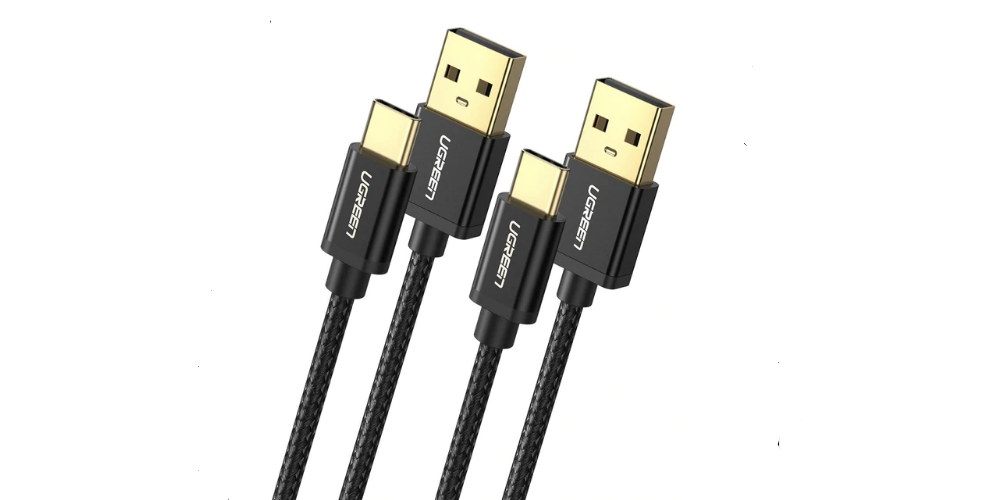Big companies that make electronics are already adopting the USB-C standard for the release of new devices. An SD/MMC card reader with a Mini DisplayPort and a pair of USB 2.0 ports were included in Google’s Chromebook Pixel in 2013. In 2015, Google replaced these ports with two USB 3.1 Type-C ports that could transfer data at 5 Gbit/s, charge devices, and stream video.
Even though the new Nokia 8 Sirocco phone uses USB 3.1 Type-C, Apple’s USB-C products have been the most impactful to date. At the time of writing, the following Apple products have USB-C interfaces:
- All iMac models after and including 2017
- iMac Pro
- MacBook Pro models after and including 2016
- The 2018 Mac mini and higher version
- The 2018 MacBook Air and higher version
A USB-C port can be found on the iPad Pro 12.9-inch and 11-inch models of the third generation.
What Do Embedded Engineers Need to Know About USB Type-C?
Embedded system designers should be aware that the growing popularity of USB Type-C could influence future product design decisions. USB Type-connector C’s is just 8.25 mm wide and 2.24 mm high, making it possible for designers to create even smaller USB-enabled devices. USB Type-C also supports all USB 2.0, 3.0, 3.1, and 3.2 versions. When using a physical adapter, you can still use older USB peripherals, even though they won’t work with modern USB connectors because of the backward compatibility of the communication standard.
For backward compatibility, physical adapters can be used, but embedded engineers must know how to test the quality and suitability of USB adapters.
Embedded designers who adopt USB Type-C early on can differentiate their products and demonstrate to consumers that they are excited about new technology. At the USB Developers Conference in 2015, the USB-IF introduced the specifications for the latest Type-C interface. These included a standard register set with an SPI or I2C hardware interface to make it easier for embedded engineers to use USB Type-C. To speed up diagnostics and debugging when working with SuperSpeed data transfer, engineers will also require a SuperSpeed protocol analyzer.
Summary
USB Type-C is the newest version of the USB connector. It will bring more standardization and make it easier for devices to work with each other’s hardware. USB Type-C has many benefits for consumers, such as a high-wattage power supply cable, fast data transfer, and a dependable way to connect peripheral devices to a computer. In addition to these practical benefits, the fact that USB Type-C connectors can be used either way makes them easier to use.
Embedded engineers who use the USB Type-C standard will be able to transfer data much faster and charge their devices much faster than before. This benefits consumers, who will find connecting and charging their devices easier.
If you want to know more about USB type-c connectors, you can find lots of information at UGREEN. The company offers a wide range of USB cables that is compatible with any device. We recommend that you click here as it provides comprehensive information about the product.







